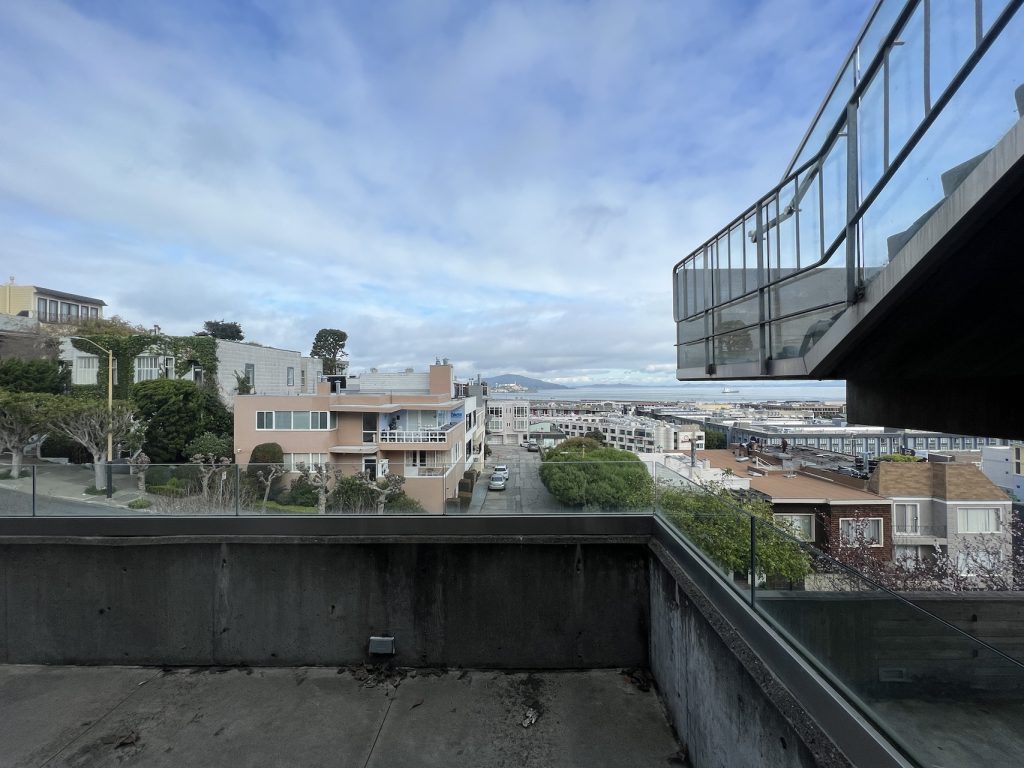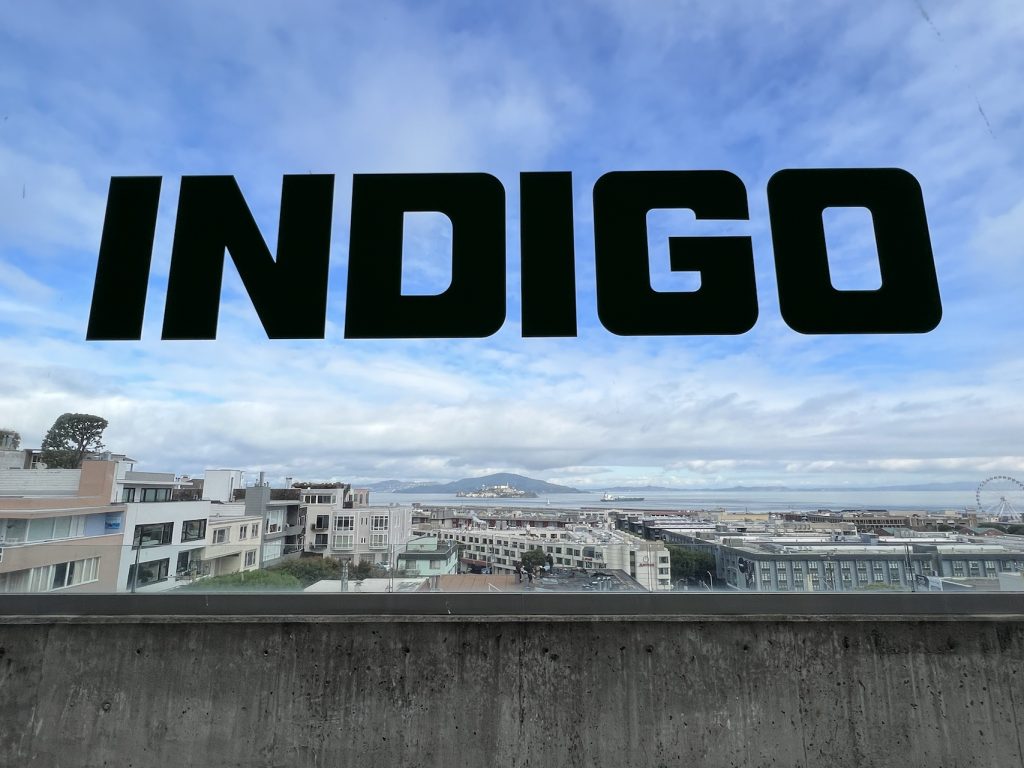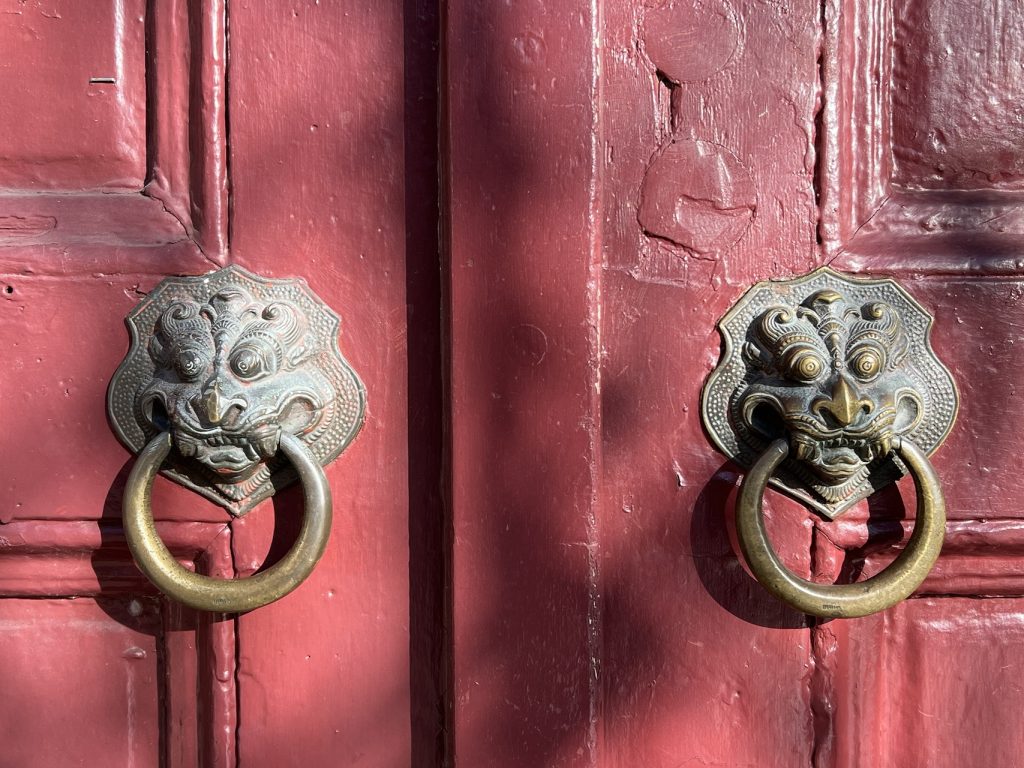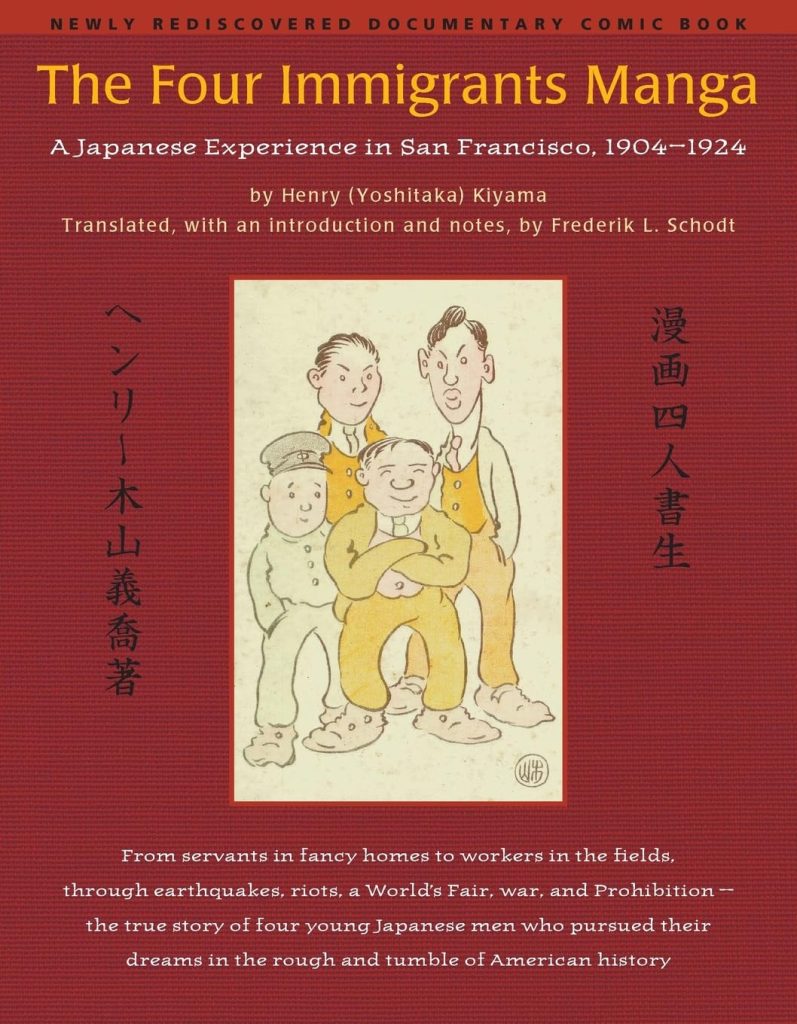Entering the San Francisco Art Institute’s deserted longtime home, a fortresslike, two-building campus perched atop Russian Hill with unobstructed views of Alcatraz Island and Coit Tower, is like wandering into a time capsule.
Exclusive: S.F. Art Institute bought by nonprofit backed by Laurene Powell Jobs. Here’s their plan — San Francisco Chronicle Feb 29, 2024
The photograph above was taken from the San Francisco Art Institute bell tower. While there’s nary a mention of the largest natural island in the San Francisco Bay in that San Francisco Chronicle opening paragraph, one can clearly see that Alcatraz is dwarfed by Angel Island. From classrooms, stairways, the rooftop terrace and cafe on the SFAI campus, Angel Island is clearly in sight.




The SFAI campus has been empty of students since 2022, when the building was closed, although perhaps, a ghost or two, is still in residence. For two years, since the school closed its doors declaring bankrupcy, the building, and the future of the site sat in a kind of limbo. There is so much art history here! Thankfully, the school’s archives, which were once housed in the tower, were packed up and transferred for caretaking by the SFAI Legacy Archive + Foundation.
On February 29, news broke of sale of the buildings and the 1931 Diego Rivera’s mural, “The Making of a Fresco Showing the Building of a City.” A new nonprofit organization led by Laurene Powell Jobs purchased the former school with plans to create a new art school — an unaccredited institution, which advisory committee member David Stull, president of the San Francisco Conservatory of Music, says will serve as “a platform for supporting artists and creating a center for the community around art.”
In an interview with The Paris Review, Paul Yamazaki, City Lights Bookstore’s chief buyer for over fifty years, noted the celebrated North Beach bookstore’s proximity to SFAI and “the intersection of three distinct immigrant and migrant communities. To the south is the Chinese community, and to the north, the Italian immigrants established a community. To the east was the international district, which was a community of many types of itinerant professions, including seamen, theatrical performers, saloon keepers, prostitutes, and prospectors of all types. The cultural, class, and racial diversities of these communities contributed to the fact that there was a range of housing types at various affordability levels in the neighborhood, which provided cheap rentals for writers and artists.”

In the Wikipedia entry about the San Francisco Art Institute, artist Henry Kiyama (born Yoshitaka Kiyama (木山義喬, Kiyama Yoshitaka, 1885–19516) is listed among the many influential artists who are associated with the school is. Kiyama’s Four Immigrants Manga was the first graphic novel published in the U.S.

Four young Japanese men immigrate to San Francisco at the start of the 20th century. There they adopt American names and set out to learn western ways and seek their fortunes. Henry (the author’s alter ego) enrolls in art school to learn the western style of painting, Charlie studies American democracy, Fred plans to become a successful farmer, and Frank wants to be a prosperous merchant.
The manga drew from the experiences of Kiyama and his three friends when they were college-age Japanese immigrants to San Francisco between 1904 and 1924. The year 1924 is chosen as it was when the “immigration laws stiffened and some of the protagonists elected to return to Japan”. Inspired by western comic strips, Kiyama drew each episode of Four Immigrants in a two-page spread, ending at 52 episodes for a year’s worth of weekly newspaper comic strips. In 1927, Kiyama exhibited the pages of the manga in a gallery of San Francisco’s Kinmon Gakuen (Golden Gate Institute) in an exhibition titled “A Manga North American Immigrant History” (Manga Hokubei Iminshi). The manga covered the immigrants’ arrival and quarantine on Angel Island as well as major events of the time: 1906 San Francisco earthquake, Panama–Pacific International Exposition of 1915 and the 1918 flu pandemic with criticism of “several Congressional acts designed to curtail Asian immigration.” Most of the manga “concentrates on student immigrant experiences prior to the Gentlemen’s Agreement of 1907”. In 1931, Kiyama had the book printed in Japan, then self-published it in San Francisco.
Frederik L. Schodt‘s translated version of Kiyama’s manga, the “first journalistic comic book,” was published by Stone Bridge Press in October 1998. While Kiyama had the immigrants speak in Meiji era Japanese, with the Americans speaking in broken English and the Chinese speaking in Cantonese, in his translation, Schodt had kept the Americans speaking broken English, with the immigrants speaking in perfect English. This had the effect of “[helping] readers see the Japanese characters as “us” and the Americans as weird, frequently baffling foreigners, consistent with the general viewpoint of the comic.” Schodt found Kiyama’s work in 1980 in University of California’s East Asian Library, and began translating the work in 1997, Through interviewing Kiyama’s surviving relatives in Japan and studying his private papers and artwork, Schodt concludes that the characters Charlie, Frank and Fred “are roughly based on the people that Kiyama knew.”

Episode 1: “Arrival in San Francisco” from Henry Yoshitaka Kiyama, The Four Immigrants Manga: A Japanese Experience in San Francisco, 1904–1924, trans. and with an introduction by Frederik L. Schodt (1931; Berkeley, CA: Stone Bridge Press, 1999).
Exposing its author’s creative and personal outlook as a Japanese immigrant in San Francisco at the turn of the twentieth century, it offers a framework for understanding the contemporary manga that permeate the current global literary and visual scene. The work as we have it today, reproduced and translated by manga scholar Frederik L. Schodt, comprises fifty-two episodes on topics ranging from “Arrival in San Francisco” and “Working on a Farm” to “News of a Parent’s Death,” “The Great San Francisco Quake,” and “Prohibition,” with much attention throughout to notions of identity, otherness, fantasy, and gender. A complex work, The Four Immigrants Manga can be said to unfold at the intersection of three cultural domains. The first is the private life of the Japanese immigrant immersed in American culture for the first time, in which identity is renegotiated, racism experienced, and personal fantasies and tragedies transpire alongside the melding of languages and the day-to-day acts of growth and survival. The second is the particular historical context of San Francisco between the years 1904 and 1924, for which the Russo-Japanese War, the great San Francisco earthquake and fire, the Panama Pacific Exposition, the onset of World War I, and the Immigration Act of 1924 provide a cultural setting. And third are the systems of viewing and reading manga, the traditions of humor, stylization, and caricature, the adaptation of Western methods of framing and sequencing comics, and the merging of text and image to communicate a narrative. While Kiyama’s manga can be separated into these domains through analysis, it exists physically as a complex and cohesive work and its significance is all the greater when understood as part of the history of contemporary manga.
— excerpt from an article in the San Francisco Art Institute magazine (Winter 2005) by Lucy Martin Mulroney
From ORBITS of KNOWN AND UNKNOWN OBJECTS: SFAI HISTORIES/MATRIX 277, UNIVERSITY OF CALIFORNIA, BERKELEY ART MUSEUM · PACIFIC FILM ARCHIVE
